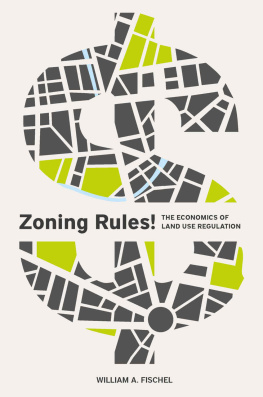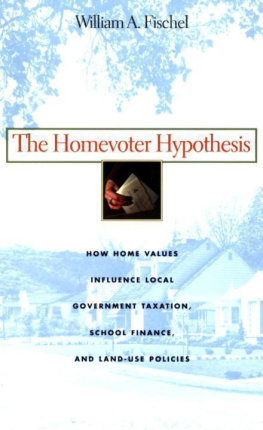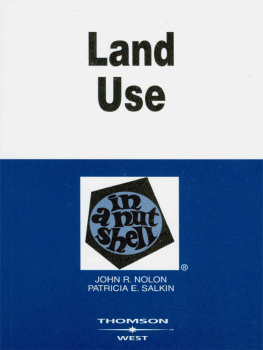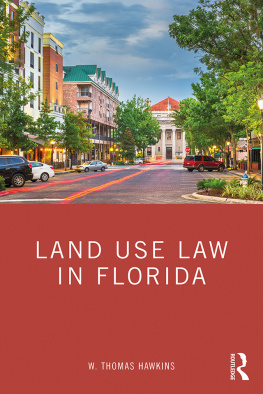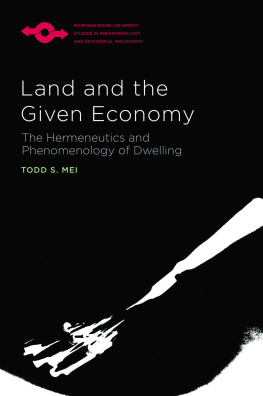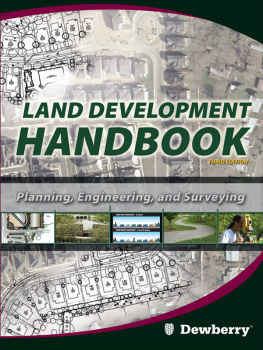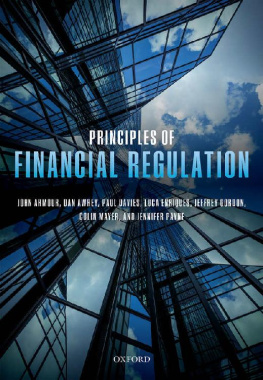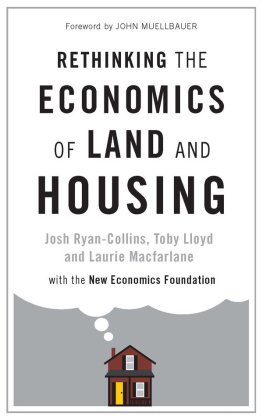
2015 by the Lincoln Institute of Land Policy
All rights reserved.
Library of Congress Control Number: 2015940857
ISBN 978-1-55844-288-7
EISBN 978-1-55844-326-6
www.lincolninst.edu
To my students,
from whom I have learned so much
Contents
Zoning has shaped American cities since 1916, when New York City adopted the first comprehensive ordinance. The title of this book expresses my thesis that zoning should be thought of as an active force rather than a background rulebook that is occasionally glanced at by developers and public officials. When landowners have plans to change the use of their property, they must first consult the rules in the local zoning ordinance. The rules are not immutable, but neither are they paper tigers that crumble at the whim of developers.
Zoning Rules! is the successor to the book I published 30 years ago, The Economics of Zoning Laws (1985). Enough has changed in the political arena of land use regulation as well as in the scholarship about zoning that I thought that a new title was in order. My own views have shifted as well, not least because I have written three other books about local government in the meantime: Regulatory Takings (1995), The Homevoter Hypothesis (2001), and Making the Grade (2009). The roles of property law and constitutional doctrine figure less in the present work than the demands of local residents, especially homeowners.
From my historical inquiries about its origins, zoning now looks to me more like a bottom-up institution. The development and spread of zoning are less about the planning professiona necessary but not sufficient ingredientand more about the changes in transportation technology that have made homeowners eager to try a new approach to controlling conditions in their communities. Modern proposals to reform zoning will go awry unless they understand the concerns that brought about the acceptance of zoning and its spread in the twentieth century.
One of the lessons I learned from my 1985 book on zoning is that many readers approached it selectively. It has been on many college and university reading lists, but almost always as selected chapters. Even I have used it that way in my course in urban and land use economics at Dartmouth. The present work is organized to form a sequential and (I hope) coherent narrative, but most chapters have been composed to be read independently. (Chapters 6 and 7 are best paired, as are chapters 8 and 9.) This creates some redundancy that I hope the reader of the entire book will forgive. The following outline of the themes of each chapter may also help readers who navigate the book outside the sequential box.
The law and institutions described in this book are almost entirely from the United States. My international students at Dartmouth, however, have had little trouble adapting this knowledge when undertaking research about urban regulations in their home countries, which have included Australia, Canada, China, Denmark, Finland, Germany, Lithuania, Singapore, and Thailand. This adaptability makes me suspect that the economic behavior that drives American zoning has shaped institutions in other nations as well.
Outline of the Book
Chapter 1 offers an overview of land use in the United States. Its most important observation is how little land is used for urban and other built-up activities. We are not about to run out of land for farming or other rural uses. Nonetheless, I do argue that excessive suburbanizationsprawlis an important problem. Urbanization is a critical part of a productive and growing economy, and the major benefit of urban life is that people can work and live in close physical proximity to one another. Zoning and related land use controls are necessary to manage the intimacy of urban life, but they also can be applied so strenuously that we become strangers to one another.
Chapter 2 describes how zoning works and the recent trends in land use regulation. I emphasize here that zoning is not a single-valued constraint. It is a complex, locally generated web of regulations, and cutting any single strand is not likely to compromise its overall strength. I also defend the role of the often-maligned board of zoning appeals on the ground that local knowledge is critical to sensible land use decisions. The major trend in land use regulation since 1970 has arisen from the initiatives undertaken by the states and the federal government. In the few instances where they have displaced local authority, state and federal regulations have tilted zoning mostly toward more restrictiveness. They have seldom made local governments accept developments that local residents do not want. The starting point for discussions about land use policy still has to be the local zoning map.
Chapter 3 reviews judicial supervision of zoning and related matters, focusing on decisions of the U.S. Supreme Court. In contrast to my earlier work, this book places less stock in the courts as agents for promoting rational land use. The main reason for this change in emphasis is that intelligent land use decisions require a degree of local knowledge that is difficult to transmit to judges far removed from the facts. I demonstrate this by closely examining one of the earliest zoning decisions of the Court, Nectow v. Cambridge , 277 U.S. 183 (1928), in which the Court made a dubious decision because it did not understand the neighborhood involved or the effect of new automotive technology. The Courts saving grace is that it has been reluctant ever since to become the national board of zoning appeals. The chapter also reviews the influence of the regulatory takings doctrine, which would have governments pay compensation to developers frustrated by unreasonable regulations. The Court has prevented states from abolishing the doctrine, and it has established broad parameters that deter some extreme regulations, but it has otherwise not been inclined to develop a robust and clear standard for when it should apply. Despite concerns by planners and environmentalists about recent decisions that limit land use exactions, no one should expect the Courts hands-off attitude to change.
Chapter 4 shows how closely integrated zoning is with other local government functions such as property taxation, municipal infrastructure, and public schools. The focus of the chapter is a debate among economists about how to think about the property tax. I show that zoning has the capacity to make the local property tax into a fee for public services, which implies that it is not really a tax at all. The fiscal powers of zoning are sometimes clouded from economists view because zoning is also used by local governments to promote other objectives such as job growth and preservation of pleasant environments. This chapter also challenges the notion that suburban communities are invariably hostile to social and economic diversity within their borders. Diversity may actually be a local public good, and communities use of exclusionary zoning can be seen as a device to rationalize fiscal transfers to the poor rather than avoid them altogether.
Chapter 5 offers a new history of zoning as a bottom-up movement rather than the conventional story about the progressive planners and pioneering lawyers who created its intellectual infrastructure. Zoning is the product of popular government; in this instance, the elites who developed it were the servants of the people. The cause of zonings amazingly rapid adoption and spread in America was the expansion of low-cost freight trucks and jitney buses in the 1910s. As a result, suburban homeowners could no longer rely on the distance of their neighborhoods from the city center and from rail lines to keep industry and apartments at bay, and they quickly embraced an institution that had few antecedents in American law. The major shift in zoning was the rise of growth controls in the 1970s. I argue that this was largely the result of the rapid construction of the interstate highway system in the preceding decade, as well as the 1970s inflation in home values, which transformed owner-occupied homes from consumer goods into investment goods. The growth control movement is critical to understand because of evidence that it is contributing to the national segregation of the poor from the rich and reducing access by workers to high-productivity urban areas in the Northeast and West Coast sections of the United States.
Next page
